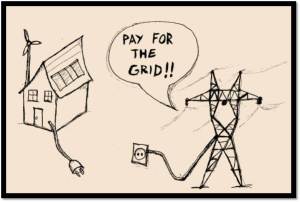This solar power plant is an important milestone in Spain!
Since April this year, the new 2 MW crowdfunded solar park in Spain from Som Energía has been producing power. It is unique because it has no subsidies and because the energy is sold to the retail cooperative, so the price is supplied at cost* to the investors.
I’m proud of having participated in this project. It’s sustainable, doesn’t need subsidies and also a good investment. The funding will be returned with no interest, but the benefit is through the reduced energy costs in the retail monthly invoice.
Living in a flat with little space for solar panels, I find it very difficult and inefficient to install one or a couple of self-consumption solar panels. So this is a natural option, to team-up with other people to own together renewable power generation. And it avoids facing the so-called tax on the sun (discussed some time ago here).
Of course there are other investment options like Yieldcos (I have shares from Saeta Yield myself). Or simply buying 100% renewable electricity from the retailer. But helping build this small project with a cooperative feels closer to owning the plant. And power generation not only owned by big corporations is also positive, as has been the case in Germany. We can say it’s a good example of the sharing economy, too…
What other options do you see to participate as an individual in the energy transition?
*Actual calculation is 36 €/MWh, which means 6 €/MWh below the market before taxes and network charges.











